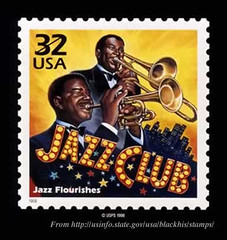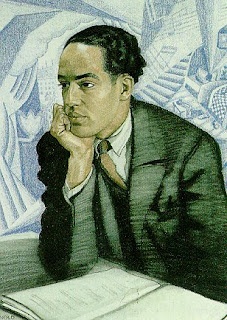You have an opportunity to work ahead on this unit so that when we return we can go into a multimedia project studying video games as new narratives. Like Sonny's Blues, we are going to looking at Theme and Motif as important literary elements. These patterns in narrative are subtleties that reflect the ability of mature and talented writers. As you read through this text, look at the narrator's voice--is it first or third person?
Is VOICE important here? How is language and and dialect important in helping us to understand place, time, and culture?
Syllabus and C level ILP
For this assignment, please do the study questions, and then be ready to create a board game. Here is an example of a novel that has been turned into a board game:
Recreate the character's journey through the novel and create wrong turns and snafus that still allow the player to advance to some end--you decide what the novel was about--was it about self-realization, liberation, civil rights, separatist colonies, ethnography, love? Look at the themes, setting, plot, motif, and characters and create a well-designed game board that embodies the storyline of the novel that 2 - 8 can play.
Make sure that spaces on the board change with cards, and that the characters, places, symbols and imagery play key roles.
The Pride and Prejudice Board Game attempts to develop a thematic board game about Pride and Prejudice.
The central mechanic of the game is collection. The player controls a couple, suggesting that the couple that winds up marrying has this as their intended goal through the entire game. In the board game, navigation is central, and is the means for acquiring tokens. For the players, navigation enables a sense of vicarious exploration. It gives the player an opportunity to tour and visit the memorable locations from the book.
Instead of creating a procedural representation for the story conflicts in the game, it is likely that the players will create their own story variations as explanations for their actions. So, while the game does not represent the dynamics that happen in the story, the players can construct their own stories, based on their knowledge of the story world, and on what their characters are doing in the arena of the game itself.
This is a place to start
The Jane Austin Pride and Prejudice Board Game
The Pride and Prejudice Board Game attempts to develop a thematic board game about Pride and Prejudice.
The central mechanic of the game is collection. The player controls a couple, suggesting that the couple that winds up marrying has this as their intended goal through the entire game. In the board game, navigation is central, and is the means for acquiring tokens. For the players, navigation enables a sense of vicarious exploration. It gives the player an opportunity to tour and visit the memorable locations from the book.
Instead of creating a procedural representation for the story conflicts in the game, it is likely that the players will create their own story variations as explanations for their actions. So, while the game does not represent the dynamics that happen in the story, the players can construct their own stories, based on their knowledge of the story world, and on what their characters are doing in the arena of the game itself.
This is a place to start

























